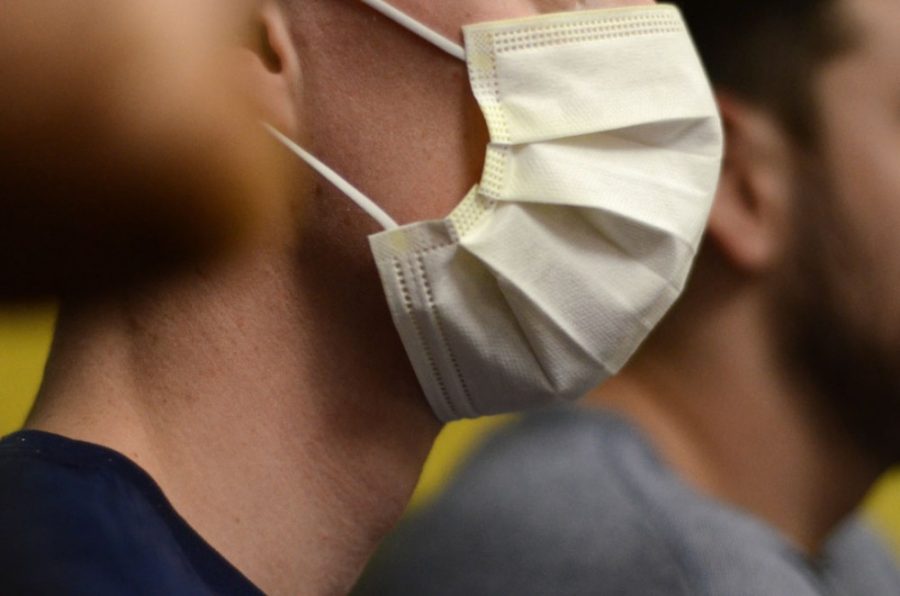The U.S. is currently in the midst of a flu epidemic. The Centers for Disease Control and Prevention report in a press release that the flu continues to expand throughout the country, with the latest report showing high or widespread activity in 43 states.
The Arizona Department of Health Services acquires data concerning influenza surveillance and posts weekly reports on their website. It acknowledges the 2014-2015 flu season as the period between Sept. 28, 2014 and Oct. 3, 2015. As of week 53 (Dec. 28 to Jan. 3), the data shows that Arizona has had 1,546 laboratory confirmed influenza cases in 14 different counties throughout the entire 2014-2015 flu season so far.
Of those cases, 428 have been reported by Pima County, and 131 cases were reported in week 53 alone.
According to a Pima County Health Department press release last year, 2,000 confirmed cases of influenza were reported.
This season, many issues have arisen concerning the influenza vaccine. The CDC website explains how the viruses to be included in the vaccine must be picked months in advance in order to be produced and delivered.
“Every year, there’s always concern that the vaccine is not a perfect match for the circulating strains of flu,” said Dr. Sean Elliott, medical director for infection prevention at the UA.
According to the CDC website, this season’s vaccine includes an “influenza A (H1N1) virus, influenza A (H3N2) virus and one or two influenza B viruses.”
The website also states that there was no way to predict that the flu would circulate so widely.
Although the vaccine has the potential of not covering every strain of influenza circulating around this season, officials still recommend patients get vaccinated.
Elliott says he absolutely recommends people get a vaccination.
In an email interview, Dr. Harry McDermott the executive director at Campus Health Service, also recommended people get the vaccine because it still covers three to four different flu strains.
“Even though the flu strain that isn’t covered well by this year’s flu vaccine is the predominant strain circulating in the U.S. right now,” McDermott explained. “It is close enough to the vaccine strain that there could be some partial immunity generated by vaccination so that someone exposed to that strain would not be fully protected, but they could get a milder illness.”
“We didn’t start seeing flu cases in students until the last week of the fall semester, and then rather quickly everyone was off for the winter break,” McDermott said. “From the fall semester until Jan. 16, 2015, we have had 15 cases of flu diagnosed at Campus Health.”
It is, however, not too late for people to get a flu shot. Elliot strongly urged everyone to not only get the shot but also be careful by washing hands frequently and not going into public areas when sick.
“Getting a flu shot is one important factor in preventing illness from the flu virus,” McDermott said. “However, just as important and potentially useful is regular hand washing, getting adequate sleep and balanced nutrition. For those who may come down with the flu, staying home to rest when initially ill and also covering your cough with your sleeve and not your hands will help avoid spreading it to your friends, families and others.”
Although the CDC declares a flu epidemic every year, Elliot said this year’s numbers are not out of the ordinary for this time. He also said that numbers are expected to be normal despite the issues with the vaccine not covering all strains.
_______________
Follow Chastity Laskey on Twitter.









